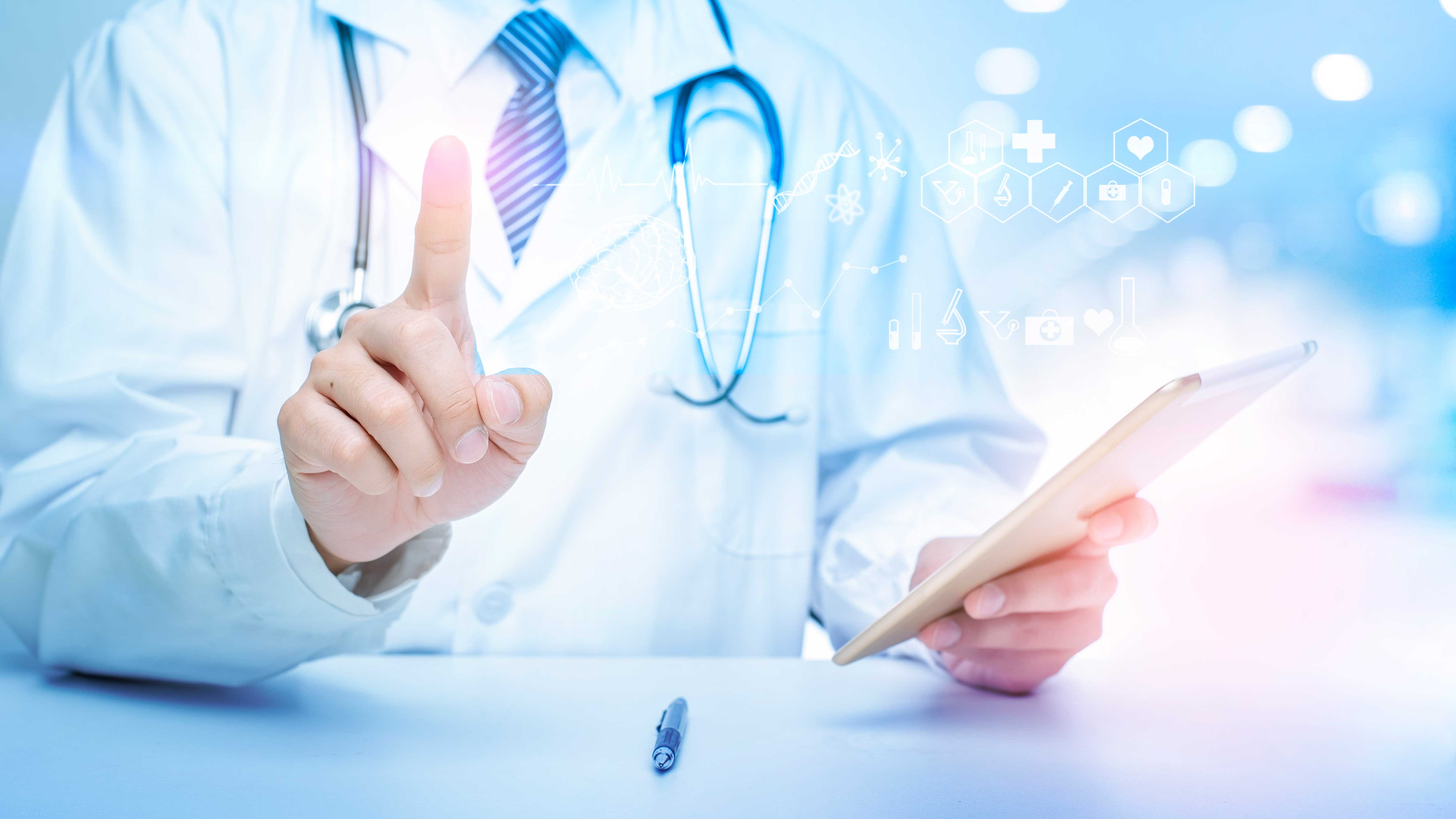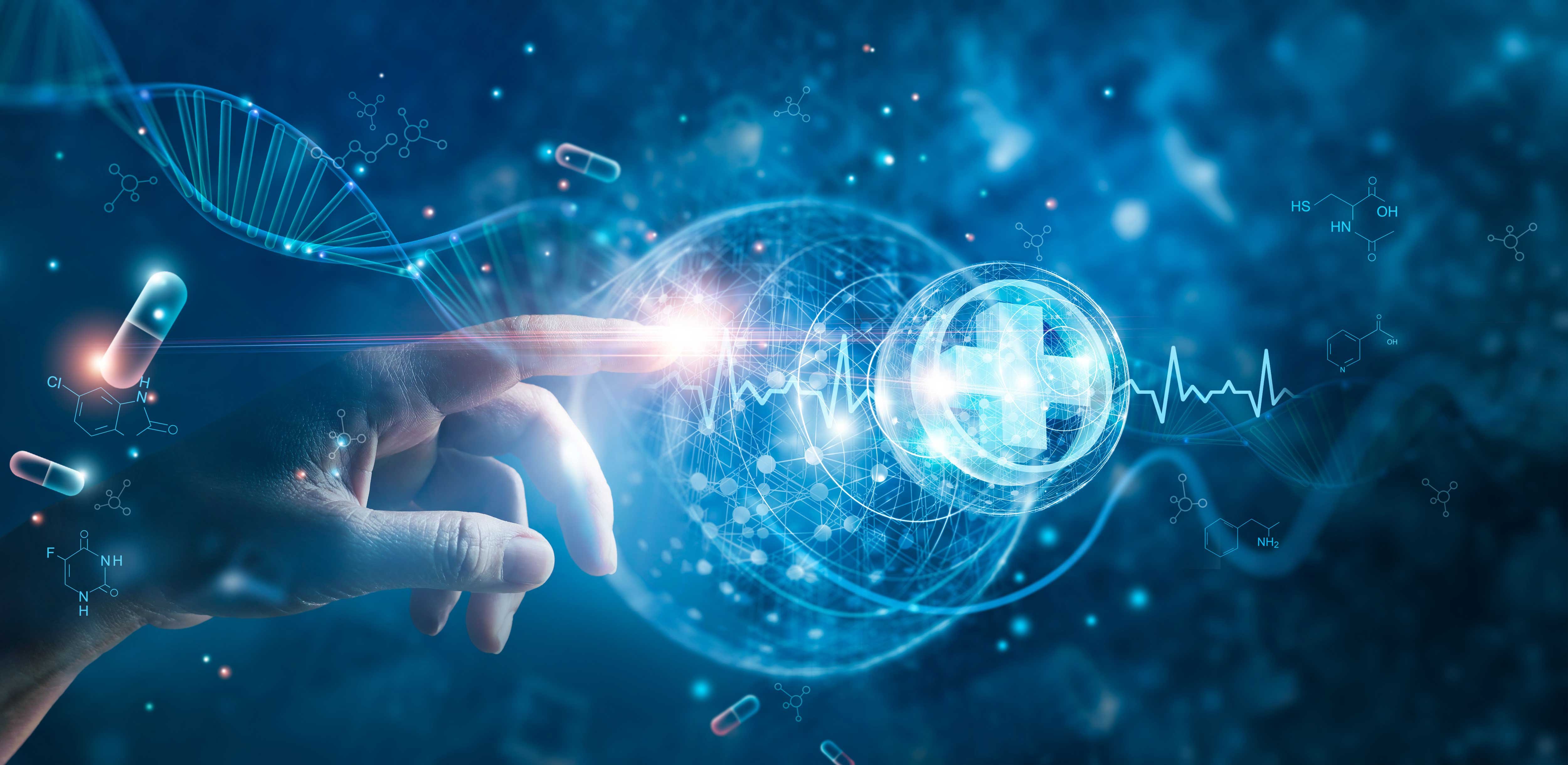Since their introduction, IoT devices have evolved from technical curiosities to ubiquitous elements in daily life, finding applications in home automation, healthcare, manufacturing, agriculture, traffic control, and a diverse collection of other areas.
A typical IoT device contains a sensor or a set of sensors, and communication hardware to transmit data. For example, in a manufacturing plant for pharmaceuticals, a network of IoT environmental sensors could be placed throughout the plant to monitor temperature and humidity. Data from the sensors would be transmitted in real-time to a central monitoring hub (or to a cloud server), where a software tool organizes and presents a summary of the data, alerting staff of any issues that could affect product quality.
Ongoing improvements in sensor capability, reductions in sensor cost, and increased wireless network coverage have driven more widespread use of IoT devices over the last 10 years. This trend is expected to continue, as companies learn how to extract even more value from the data they generate by coupling them with powerful advanced data analytics tools.
In this article, we’ll take a closer look at the role IoT devices play in the next generation of pharmaceuticals, and how we can expect their use to evolve over the coming years.
How Are IoT Devices Being Used in Pharma?
One major benefit of IoT devices can be summarized simply: they give us a way to tap into useful data streams that have always been there, but have not been easy to access. In other words, they provide unprecedented visibility into critical processes and systems.
One example of this is in drug development. In human trial phases, participants can be given wearable IoT sensors to monitor and report back data on the effectiveness and side effects of experimental drugs in the trial phases. This allows for more efficient, thorough data collection, and for larger trial groups to be included in early phases.
IoT sensors are also a key element to the implementation of cutting-edge, personalized drug therapies expected to be an integral part of next generation of pharmaceuticals. Here, wearable or ingestible sensors can be used to monitor an individual’s response to a particular drug and dosage. This data can then be accessed by health care professionals in real-time, who can adjust dosages to optimize the treatment.
In the future, this data feedback loop may even include pharmaceutical companies, who would make individualized batches of a drug in which the composition was specifically targeted to a single patient, based on data collected using IoT sensors (a “made-to-order” model of pharmaceutical manufacturing).
In these ways, IoT sensors provide data to make drugs more personalized, precise and targeted by strengthening the connection between the patient and health care providers. IoT devices can also be used to improve processes on the manufacturing and distribution side. In the next two sections, we’ll take a closer look at how that works.
IoT and Pharma Manufacturing
In next-generation pharmaceutical manufacturing, IoT devices can be used to collect data starting from monitoring raw materials, all the way through to administering or handing off the product to a patient. There has been a fairly constant trend towards using IoT devices to improve visibility, process control, and automation, but the rapid development of new therapies and diagnostics related to the COVID-19 pandemic accelerated the trend significantly.
IoT devices serve two important purposes for manufacturing. First, in terms of operations, they provide a convenient, scalable way to collect data relevant to the manufacturing process. Early on, automated digital sensors were implemented as a way to replace error-prone paper records. Their use has expanded to include collecting data for:
-
- Qualification of new equipment, specifically for IQ OQ PQ in a GxP program
- Ongoing process monitoring for QA of validated processes used to make pharmaceuticals
- Determination of root causes of process excursions, and disposition of affected material
- Monitoring energy usage and equipment utilization, which can be fed into future planning and capital improvement activities
- Predicting equipment failures and maintenance needs, by directly monitoring vibration, noise, power draw, and other related parameters on individual pieces of equipment
- Facility environmental monitoring
IoT devices are well-suited for these applications. Because they’re inherently automated, they generate a complete data record with little or no additional work required by the onsite staff. They’re also highly scalable, so they can adapt and change in response to changing business or manufacturing needs. New sensors, networks of sensors, or even full manufacturing sites, can be easily added to existing monitoring systems.
Continuously uploading data to cloud storage also means that IoT sensors can provide real-time access to data from anywhere. This allows changes to be made on the fly, or custom alerts to be set up that immediately notify response personnel if a problem is detected.
The second key purpose that IoT sensors serve in pharmaceuticals is to provide a clear, organized, and unbroken audit trail for regulators and other stakeholders. While sensors are collecting data for QA, process control, and the other purposes we listed above, they’re also archiving data for later auditing.
So to maximize the value of an IoT-based system, it’s important to make sure that the equipment, and the software that drives it, have been designed with regulatory compliance in mind. For many companies, this means compliance with federal regulations enforced by the FDA, as well as the guidelines for achieving and maintaining quality system certifications (DDA and ISO certifications, for example).
IoT and Environmental Monitoring
The temperature and humidity of critical spaces, like manufacturing facilities, pharmacies, and hospitals, are commonly measured using IoT devices. The devices themselves form one layer of the full monitoring system. The other layers include data communication, the computing hardware that receives the data (commonly cloud computing resources), and the software used to process and analyze the data.
Cold chains used to distribute pharmaceuticals represent an especially complex area within environmental monitoring. The cold chain is a set of equipment and procedures that maintain the refrigeration of sensitive products from the point of manufacture to a pharmacy or healthcare facility. While great strides have been made in the last 20 years in making pharmaceutical cold chains more reliable, a significant amount of valuable products, vaccines for example, are still lost each year due to problems in the cold chain.
IoT devices can be used to address these problems since they have the potential to provide complete, end-to-end integration of data collection and control along the cold chain. They can monitor the location and temperature of material as it moves through the distribution network, as well as the spaces used to hold products during shipment, including warehouses, refrigerators, boxes, shipping containers, and others. Thermal mapping aided by IoT devices can also ensure precise temperature control and accurate monitoring.
Temperature monitoring and control have become more demanding because of another emerging trend in next-generation pharmaceuticals, the development of more fragile and temperature-sensitive products. These include complex mixtures, biologicals, and other large molecules (recently developed mRNA vaccines are a good example), which present special challenges, because of their extreme temperature sensitivity, and the need for storage temperatures outside of the ‘normal’ ranges for vaccines and other common drugs (commonly 2 to 8 °C, or -50 to -15 °C).

Future Trends for IoT Solutions in Pharma
Earlier, we discussed the concept of individualized, made-to-order batches of a pharmaceutical. Another related trend that will affect manufacturing operations is the use of autologous treatments, or treatments that are made using tissue from the patient. As with individualized batches, the manufacture of autologous drugs will require an even higher level of precision in process control and monitoring.
IoT devices are ideal for addressing this need since they provide real-time, actionable data for the complex processes that will be used to make a new generation of pharmaceuticals. They’re also modular and scalable, so they can be adapted to changing processes, providing more visibility and granularity as needed.
In many ways, the hardware and communication infrastructure already exists to access the data streams we’ve discussed here. It’s likely that the next significant advances in IoT will be in how data is used. The power of IoT devices can be more fully realized when the huge amount of data they produce is processed using powerful data analytics tools that can extract trends and make actionable predictions (predicting future demand for raw material, or when a piece of equipment will need maintenance, for example).
Improvements in the communication and data processing layers of an IoT system will also be part of the future integration of multiple sites, to streamline manufacturing operations. For example, consider a case where the active ingredient is manufactured at one facility, and packaging takes place at another. An IoT sensor system shared between both sites could be used to digitally integrate the two, eliminating inefficiencies or gaps in data collection.
Conclusions
The improved visibility and scalability provided by IoT devices have driven significant improvements in the manufacturing of a wide variety of products, including pharmaceuticals. Environmental monitoring through the use of IoT sensors can improve yield, reduce costs, and reduce the burden of regulatory compliance.
Questions about setting up an IoT monitoring solution? Contact the experts at Dickson.

